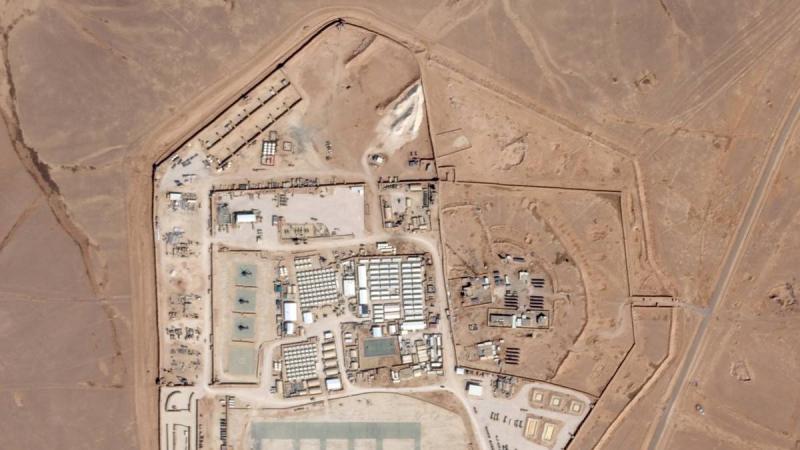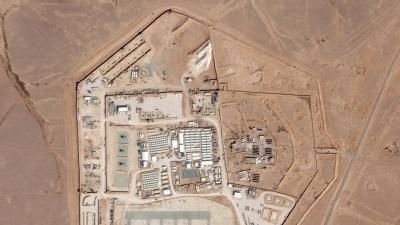Amid a tense atmosphere in the region, the U.S. has made a decisive decision to strike Iranian assets and locations in Iraq and Syria, in response to a painful attack on Tower 22 at the Jordanian border, which last week claimed the lives of three American soldiers. U.S. President Joe Biden, seeking a second term in the White House, has found himself cornered and compelled to respond to this painful blow, despite his administration repeatedly affirming that it does not seek to expand the war that erupted last October in Gaza, igniting several fronts and arenas in the region.
So, what sites could the U.S. target? Let's start with Iraq, especially since the Hezbollah Brigades are believed to have executed the attack in Jordan, according to American estimates. These brigades were formed in the city of Amarah in southern Iraq in 2007, and thus their bases could be a target for the anticipated U.S. strikes. Other factions are also present in Iraqi territory that have previously been involved in drone and missile attacks on bases of the international coalition where U.S. forces are stationed, including Asa'ib Ahl al-Haqq led by Qais Khazali.
As for what is now referred to as the "Islamic Resistance in Iraq," which appeared for the first time on Telegram last October with the onset of the war in Gaza, it includes several factions. According to some experts, it is a mix of Iran-aligned factions, including alongside the Hezbollah Brigades, the Sayyid al-Shuhada Brigades, and the al-Nujaba Movement, one of whose locations east of Baghdad was targeted on January 4. Additionally, "Ansar Allah al-Awfiya" is part of this coalition. Therefore, their known centers are likely to be targets for the upcoming strikes.
**Syrian Sites**
In Syria, all locations populated by Iran-backed militias are considered targets for U.S. airstrikes. These armed groups are significantly spread across Deir ez-Zor Province and the border city of al-Bukamal with Iraq, on the western bank of the Euphrates River. They consist of many Iraqi fighters operating under the guidance of the Quds Force of the Iranian Revolutionary Guard, along with the Afghan Fatemiyoun Brigade and the Pakistani Zainabiyoun Brigade. They are also situated in certain areas of the Syrian desert and the eastern Aleppo countryside, enjoying a significant presence near the shrine of Sayyida Ruqayya in old Damascus, as well as in the town of Sayyida Zainab southeast of the capital.
Moreover, some Iranian advisors are reportedly stationed in and around Damascus, particularly at the capital's airport, according to previous Western, Israeli, and American reports. Meanwhile, in southern Syria, Hezbollah has control over many regions, but it has not engaged in any attacks against U.S. forces, so it may not be included in the expected U.S. strikes.
It is noteworthy that since Washington has hinted at its intention to strike Iranian sites and assets in the region, Iran has entered a phase of heightened alert. Informed sources confirmed yesterday that Iran has reduced the presence of some of its Revolutionary Guard advisors in Syrian territory. Additionally, it seems Iran has initiated behind-the-scenes movements to avoid escalating and expanding the war.




